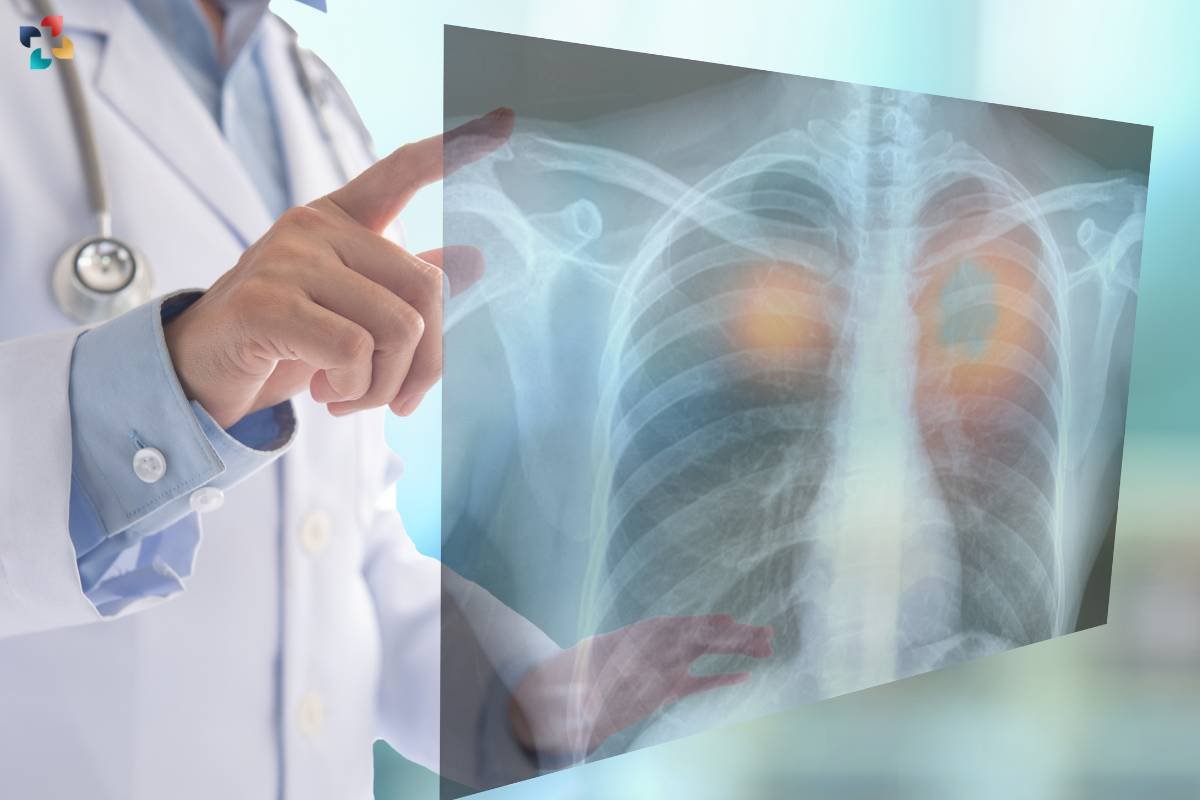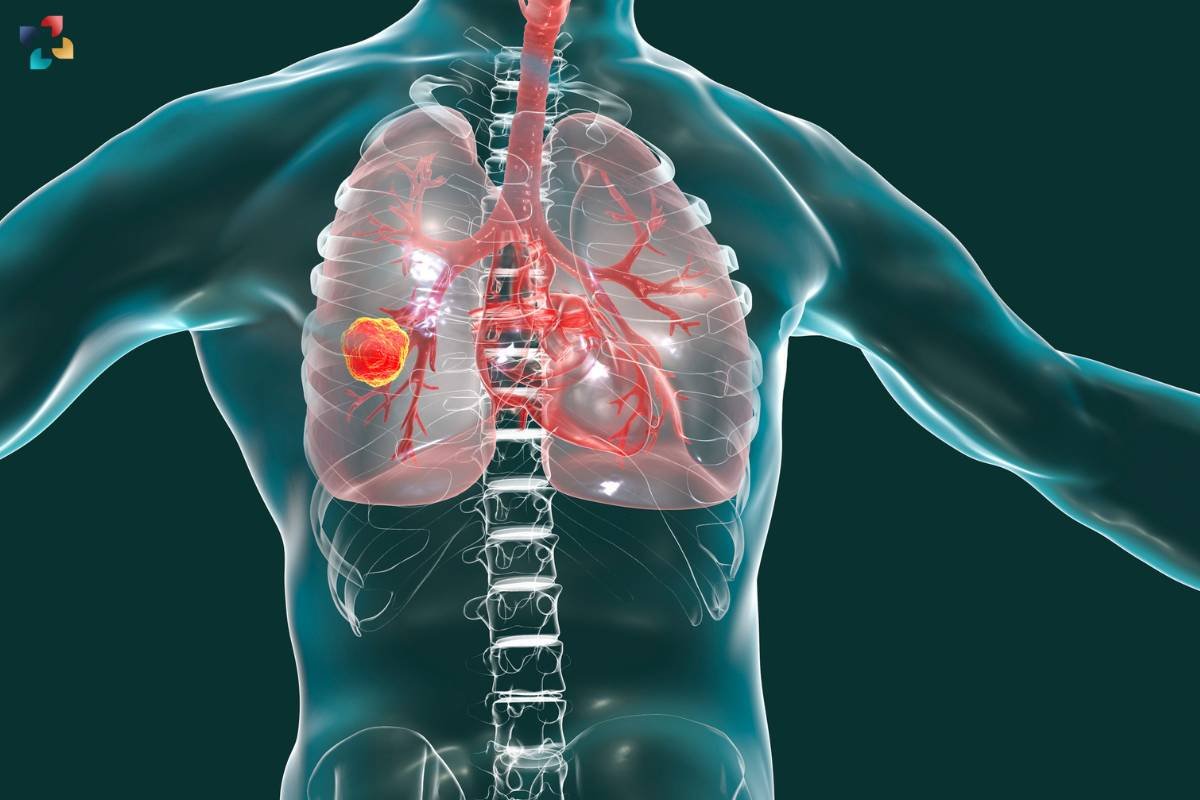Table of Contents
Introduction:
Lung cancer remains one of the most prevalent and deadly forms of cancer worldwide. While treatment options vary depending on the stage and type of lung cancer, surgery often plays a crucial role in removing cancerous tissue and improving patient outcomes. In this comprehensive guide, we delve into the intricacies of Lung Cancer Surgery, exploring its types, procedures, and recovery process.
Understanding Lung Cancer Surgery:
Lung Cancer Surgery, also known as thoracic surgery or pulmonary resection, involves the surgical removal of cancerous tumors and surrounding tissues from the lungs. The primary goal of Lung Cancer Surgery is to eradicate cancer cells while preserving lung function and minimizing post-operative complications.

Lung Cancer Surgery is a complex and highly specialized procedure that requires careful planning, precise execution, and comprehensive post-operative care. Before undergoing surgery, patients undergo a thorough evaluation, including imaging studies, pulmonary function tests, and cardiovascular assessments, to assess their suitability for surgery and optimize outcomes. During the surgical procedure, the surgeon meticulously removes the cancerous tumor, ensuring adequate margins to minimize the risk of cancer recurrence.
Advanced techniques such as intraoperative imaging, lymph node dissection, and nerve-sparing approaches may be employed to enhance surgical precision and minimize complications. Additionally, patients receive post-operative care, including pain management, respiratory therapy, and physical rehabilitation, to support their recovery and improve long-term outcomes.
Collaboration among a multidisciplinary team of surgeons, oncologists, pulmonologists, and other healthcare professionals is essential to ensure comprehensive care and optimal outcomes for patients undergoing Lung Cancer Surgery.
Types of Lung Cancer Surgery:

1. Lobectomy
Lobectomy is the most common type of Lung Cancer Surgery, involving the removal of an entire lobe of the lung affected by cancer. This procedure is typically performed when the tumor is localized to a single lobe and is not amenable to less extensive surgical resection.
2. Segmentectomy
Segmentectomy, also known as wedge resection, involves the removal of a smaller portion or segment of the lung affected by cancer. This procedure is often considered for patients with early-stage lung cancer or those with compromised lung function who may not tolerate a lobectomy.
3. Pneumonectomy
Pneumonectomy is a more radical form of Lung Cancer Surgery, in which an entire lung is removed. This procedure is reserved for cases where the cancer has spread extensively within one lung or when other treatment options are not feasible.

7 Myths about Lung Cancer that are not true!
Lung cancer is a horrible disease to deal with. It needs early diagnosis so it’ll help us to cure early. If lung cancer is diagnosed at an early stage, the chances of curing are about 80% to 90%.
4. Sleeve Resection
Sleeve resection involves the removal of a portion of the bronchus (airway) affected by cancer, followed by reconstruction of the airway using healthy tissue. This procedure is performed when the tumor involves the main bronchus or when preserving lung function is a priority.
Procedures and Techniques:
Lung Cancer Surgery is typically performed using minimally invasive techniques, such as video-assisted thoracoscopic surgery (VATS) or robotic-assisted surgery. These approaches involve making small incisions in the chest wall and using specialized instruments and cameras to visualize and access the lungs. Minimally invasive techniques offer several advantages over traditional open surgery, including shorter hospital stays, faster recovery times, and reduced post-operative pain.
Recovery and Rehabilitation:
The recovery process following Lung Cancer Surgery varies depending on the type and extent of the procedure, as well as the individual patient’s health status and pre-operative condition. In general, patients can expect to spend several days in the hospital following surgery, during which time they will receive pain management, respiratory therapy, and physical rehabilitation to facilitate recovery. It is essential for patients to follow their healthcare provider’s instructions regarding wound care, activity restrictions, and follow-up appointments to ensure optimal recovery and long-term outcomes.

In addition to hospital-based care, patients undergoing Lung Cancer Surgery often require ongoing support and monitoring during the post-discharge period. Upon discharge, patients receive detailed instructions regarding wound care, medication management, activity restrictions, and dietary recommendations to promote healing and prevent complications.
They are also encouraged to attend scheduled follow-up appointments with their healthcare provider to monitor their recovery progress, address any concerns or complications, and adjust their treatment plan as needed. Patients may also benefit from participation in pulmonary rehabilitation programs, which offer structured exercise training, education, and emotional support to optimize lung function, enhance physical endurance, and improve overall quality of life following surgery.
Conclusion:
In conclusion, Lung Cancer Surgery plays a critical role in the management of lung cancer, offering patients a chance for cure or prolonged survival. With advancements in surgical techniques, anesthesia, and perioperative care, Lung Cancer Surgery has become safer and more effective, with improved outcomes and quality of life for patients. By understanding the types, procedures, and recovery process associated with Lung Cancer Surgery, patients and healthcare providers can make informed decisions and optimize treatment outcomes for this challenging disease.
FAQs
1. What is Lung Cancer Surgery, and when is it recommended?
Lung Cancer Surgery, also known as thoracic surgery or pulmonary resection, involves the surgical removal of cancerous tumors and surrounding tissues from the lungs. It is typically recommended for patients with early-stage non-small cell lung cancer (NSCLC) or certain cases of small cell lung cancer (SCLC) that have not spread extensively beyond the lungs.
2. What are the different types of Lung Cancer Surgery?
The main types of Lung Cancer Surgery include lobectomy (removal of an entire lobe of the lung), segmentectomy (removal of a smaller portion or segment of the lung), pneumonectomy (removal of an entire lung), and sleeve resection (removal of a portion of the bronchus followed by reconstruction).
3. What are the potential risks and complications associated with Lung Cancer Surgery?
Risks and complications of Lung Cancer Surgery may include bleeding, infection, blood clots, pneumonia, respiratory failure, and adverse reactions to anesthesia. The specific risks vary depending on factors such as the patient’s overall health, the type and extent of the surgery, and any pre-existing medical conditions.
4. How long does it take to recover from Lung Cancer Surgery?
The recovery time following Lung Cancer Surgery varies depending on factors such as the type and extent of the procedure, the patient’s overall health, and any complications that may arise. In general, patients can expect to spend several days to weeks in the hospital and several weeks to months at home recovering before returning to normal activities.
5. What can patients expect during the recovery process after Lung Cancer Surgery?
During the recovery process, patients can expect to receive pain management, respiratory therapy, and physical rehabilitation to facilitate healing and regain strength. They will also receive instructions regarding wound care, medication management, activity restrictions, and follow-up appointments to ensure optimal recovery and long-term outcomes.







